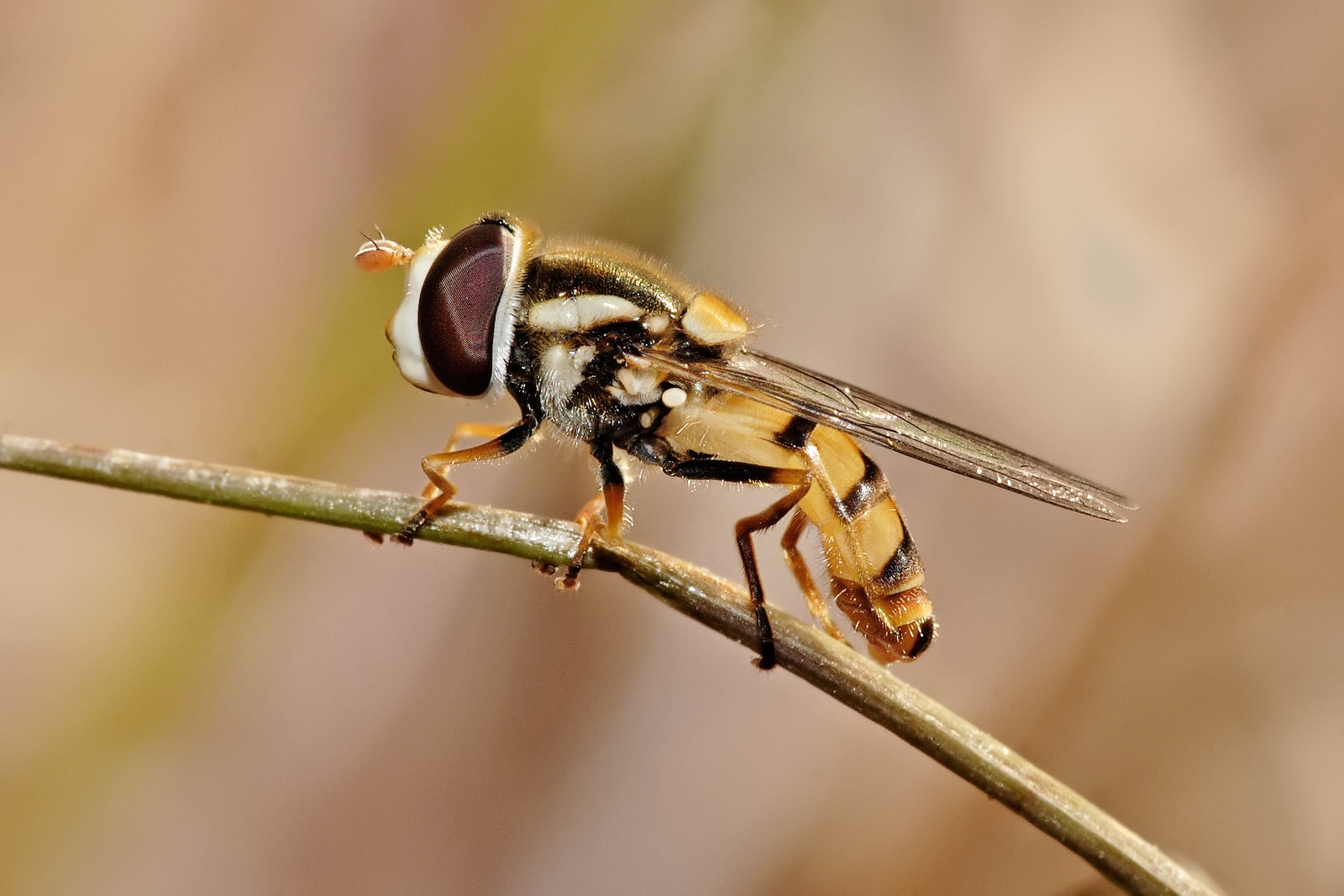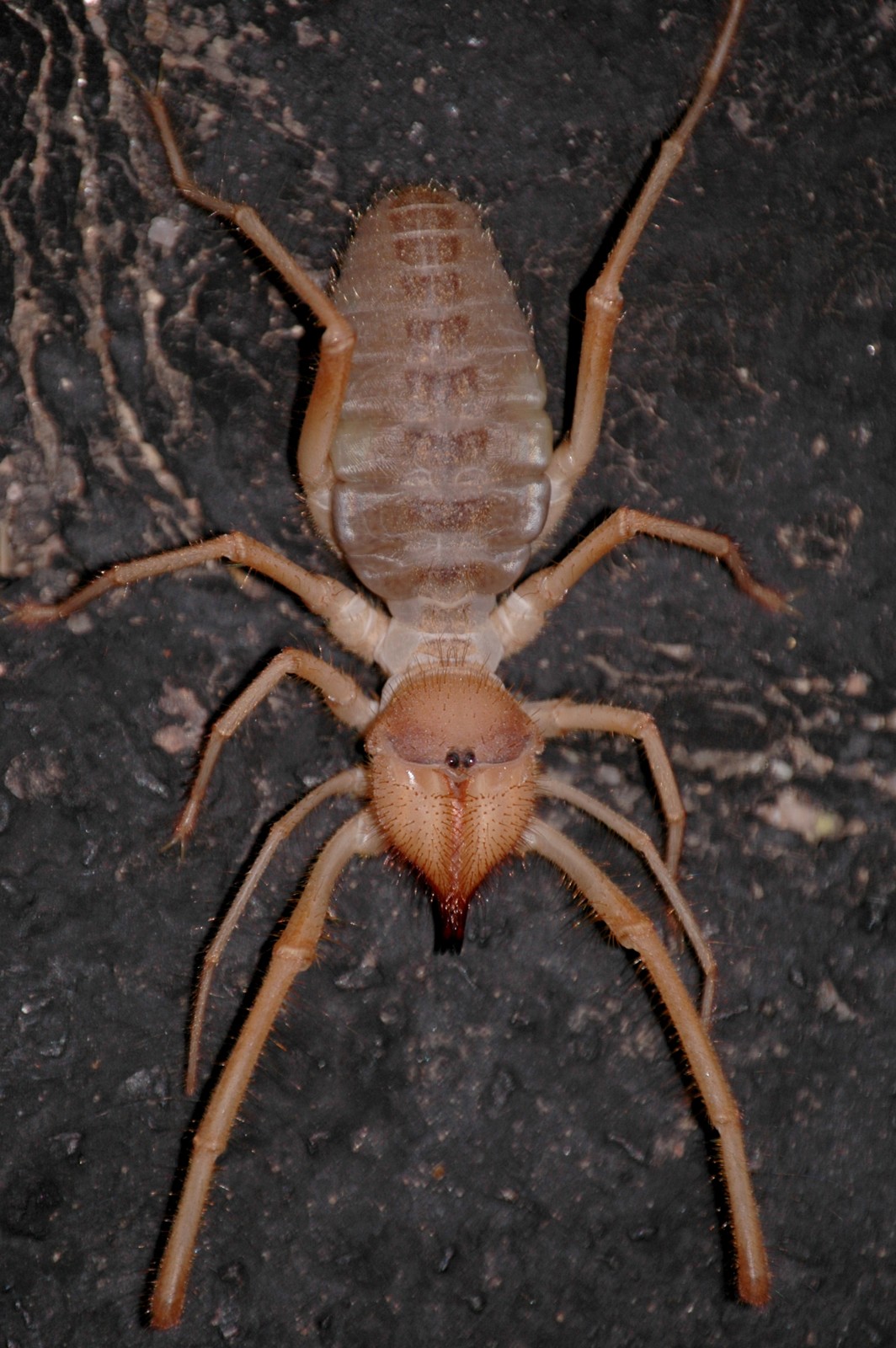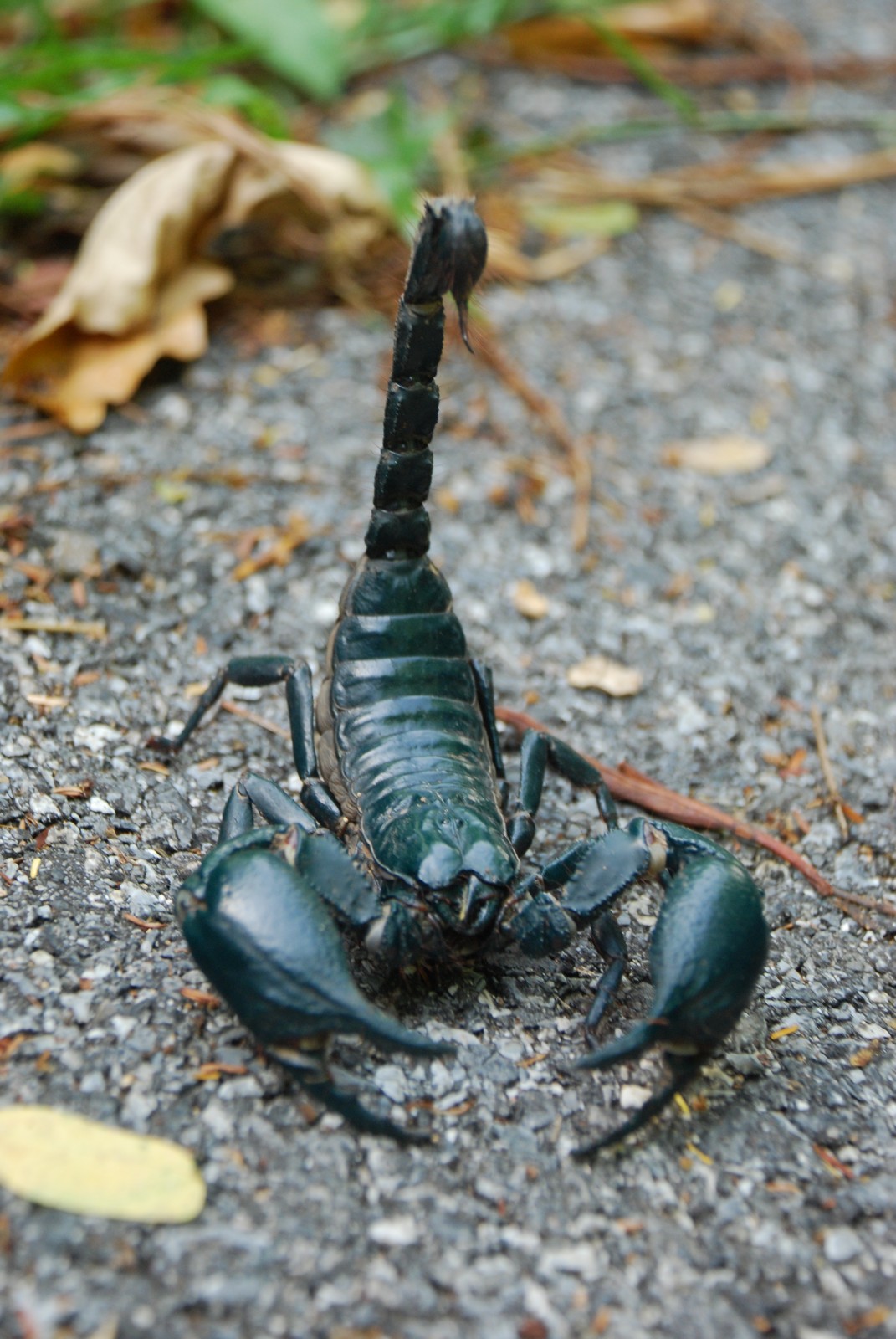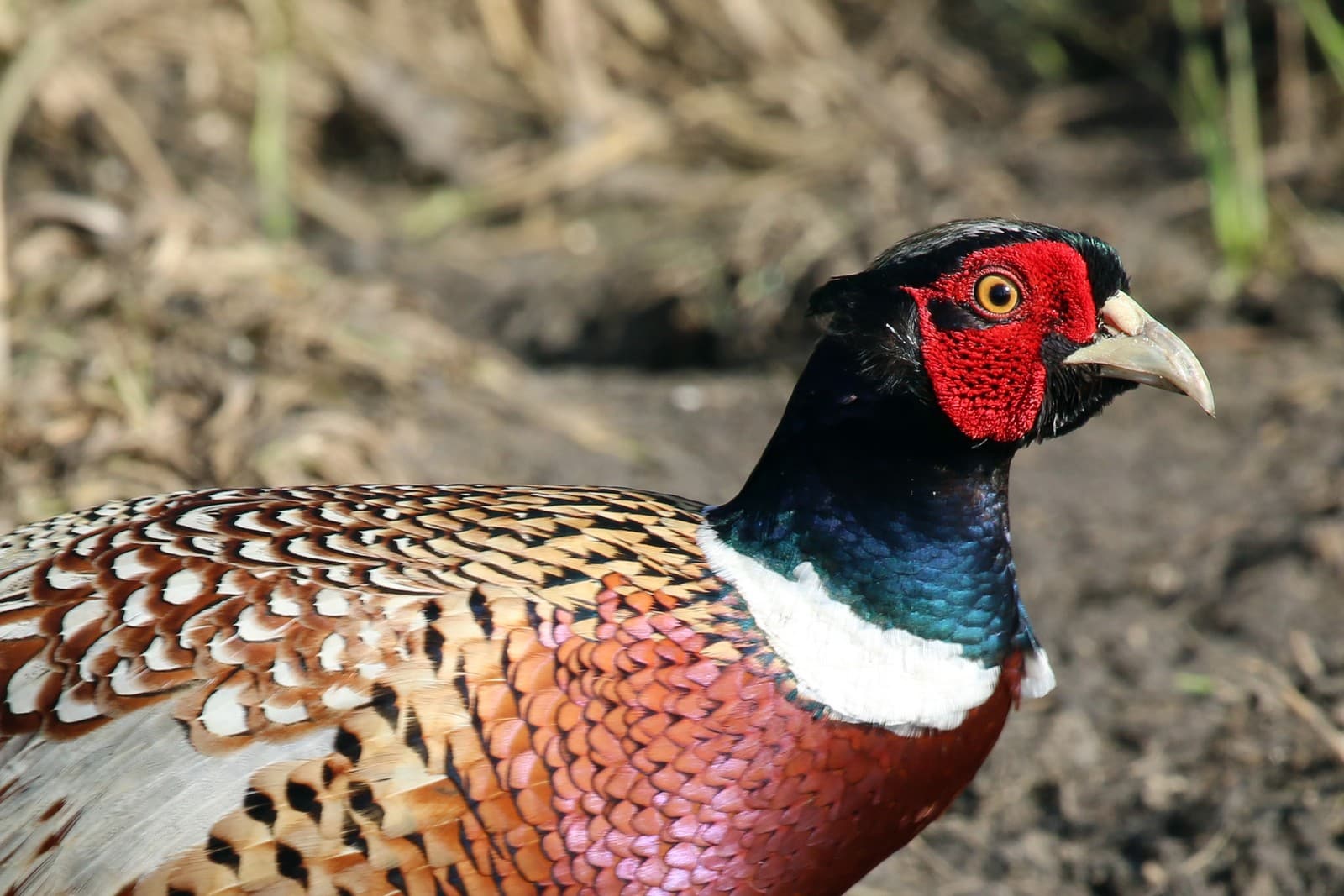Cave Salamander vs Fire Salamander: A Complete Comparison
When comparing Cave Salamanders (Eurycea lucifuga) and Fire Salamanders (Salamandra salamandra), we find two remarkably different species that have evolved to thrive in distinct habitats. Cave Salamanders typically measure 4-7 inches (10-18 cm) in length, while Fire Salamanders are slightly larger at 6-11 inches (15-28 cm). Despite their similar amphibian classification, these species showcase unique adaptations that set them apart in the salamander family.
The most striking difference between these salamanders lies in their coloration and habitat preferences. Cave Salamanders display an orange-red body with scattered black spots, adapted for life in dark cave systems, while Fire Salamanders exhibit bold black and yellow warning patterns, reflecting their more terrestrial lifestyle in European forests.
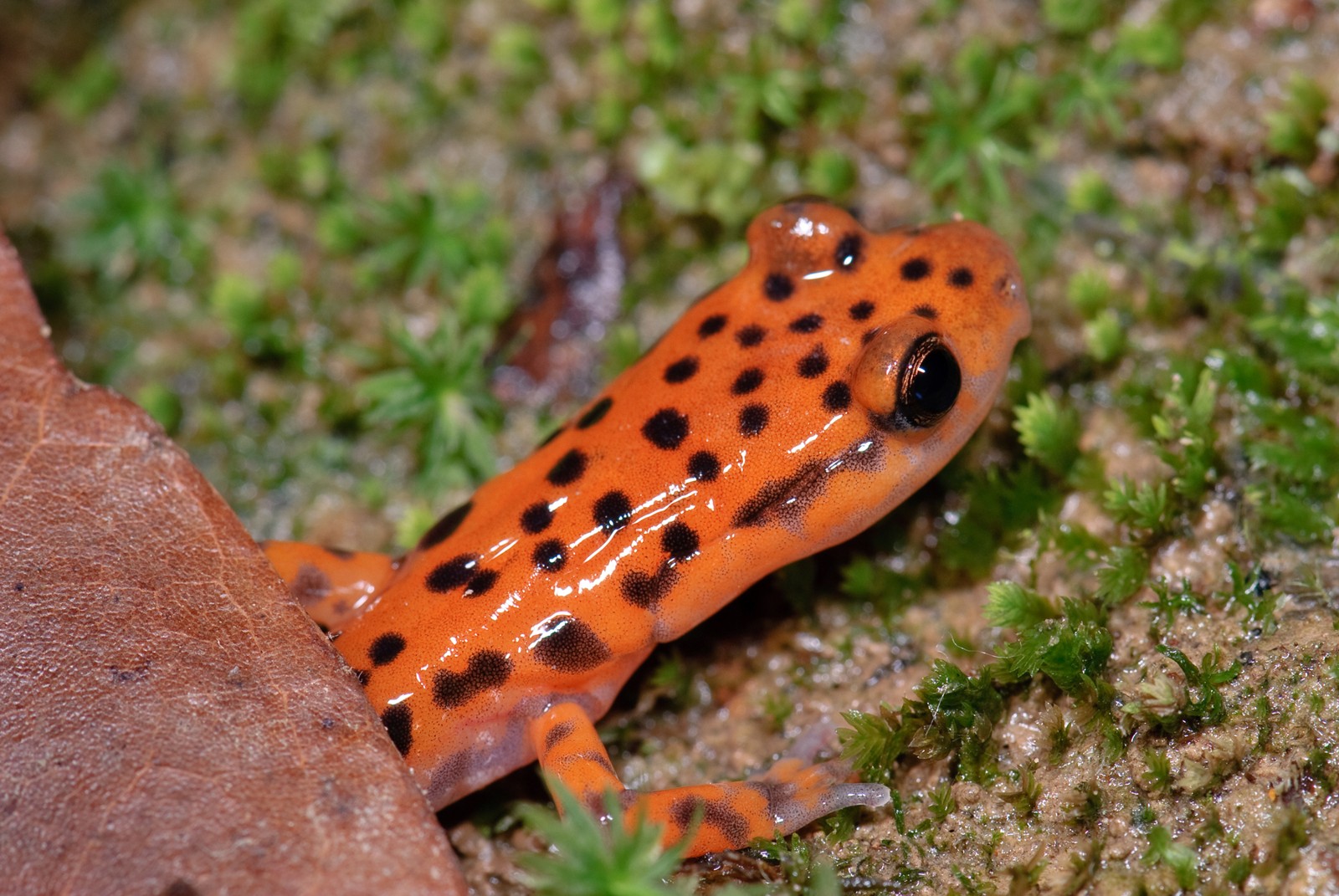
© Marshal Hedin / CC BY 2.0
The Cave Salamander’s slender form and distinctive orange-red coloration make it perfectly adapted for navigating narrow cave passages and maintaining camouflage in its limestone cave habitat.
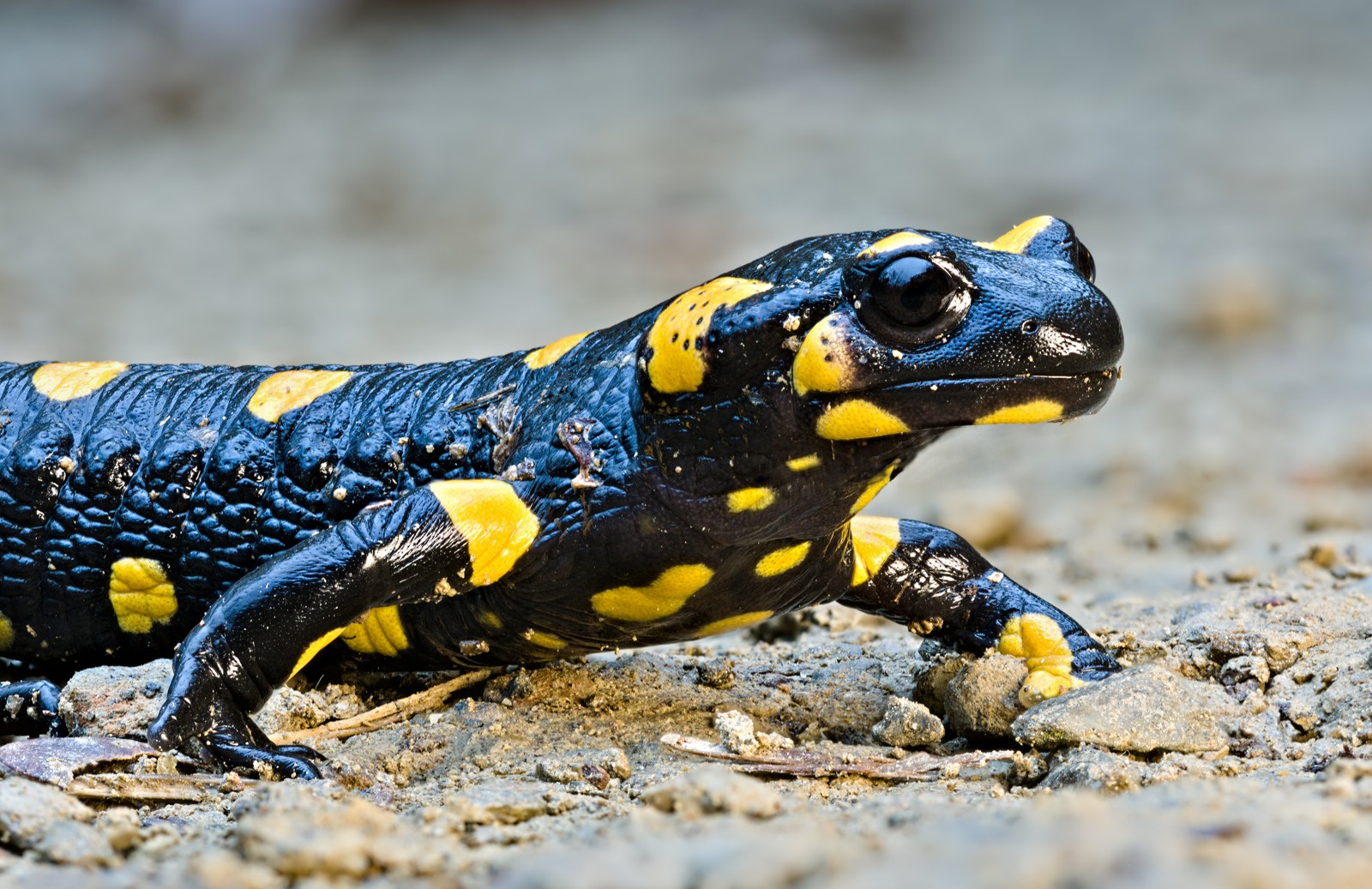
© Petar Milošević / CC BY-SA 4.0
The Fire Salamander’s robust build and striking black and yellow pattern serve as a warning to potential predators, advertising the potent toxins in its skin secretions.
Key Differences Between Cave and Fire Salamanders
| Feature | Cave Salamander | Fire Salamander |
|---|---|---|
| Size | 4-7 inches (10-18 cm) | 6-11 inches (15-28 cm) |
| Coloration | Orange-red with black spots | Black with yellow patches |
| Habitat | Cave systems and rocky outcrops | Deciduous forests and mountainous regions |
| Distribution | Eastern United States | Europe and North Africa |
| Defense Mechanism | Cryptic coloration and escape behavior | Toxic skin secretions and warning coloration |
| Reproduction | Lays eggs in underground streams | Gives birth to live young |
Habitat and Distribution
Cave Salamanders inhabit limestone caves and rocky outcrops throughout the eastern United States, particularly in the Appalachian region. These amphibians require consistently moist environments and are rarely found more than 950 feet (290 meters) from cave entrances.
Fire Salamanders, conversely, occupy humid deciduous forests across Europe and parts of North Africa. They prefer areas with abundant ground cover and access to clean, flowing water for breeding. These salamanders can be found at elevations up to 3,300 feet (1,000 meters).
Behavioral Differences
Activity Patterns
Cave Salamanders are primarily nocturnal, emerging from their underground retreats to forage during humid nights. Their eyes have adapted to low-light conditions, allowing them to navigate effectively in near-darkness.
Fire Salamanders show more flexibility in their activity patterns, being most active during and after rainfall. They spend much of their time hidden under logs or leaf litter, emerging to feed when conditions are suitably moist.
Defense Mechanisms
The Cave Salamander relies primarily on its cryptic coloration and swift escape responses to avoid predation. When threatened, these salamanders can quickly retreat into narrow cave crevices where larger predators cannot follow.
Fire Salamanders employ a more direct defensive strategy. Their bright warning coloration advertises the presence of potent toxins in their skin secretions. These toxins, called samandarin, can cause severe discomfort to potential predators.
Reproduction and Life Cycle
Cave Salamander Reproduction
- Breeding occurs in underground streams
- Females lay 5-120 eggs individually
- Eggs hatch after 5-6 weeks
- Larval stage lasts 1-2 years
Fire Salamander Reproduction
- Gives birth to 8-50 live young
- Young are born in water
- Pregnancy lasts 6-8 months
- Larvae metamorphose after 2-4 months
Conservation Status and Threats
Both species face challenges from habitat destruction and environmental pollution. Cave Salamanders are particularly vulnerable to changes in groundwater quality and cave ecosystem disturbance. Fire Salamanders have experienced recent population declines due to a fungal pathogen called Batrachochytrium salamandrivorans.
Conservation efforts focus on habitat protection and maintaining water quality in both cave systems and forest streams where these species occur. The preservation of these unique salamanders requires continued monitoring and active management of their respective ecosystems.



